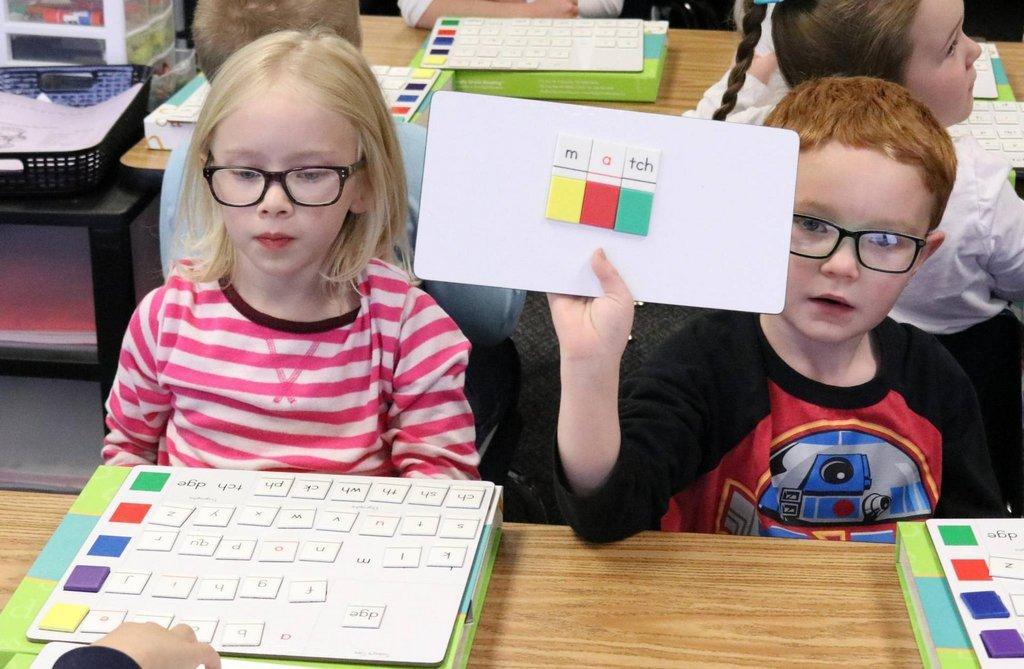Carbon School District Press Release
Castle Heights Elementary is dealing with an unprecedented situation that many schools usually don’t face. And it is a very good situation.
Last spring, when the students at the school were tested, the overall average of math scores in the school was 62 percent. When testing was done on students at the beginning of this school year, the average was 60 percent.
“We were very excited because there was very little regression over the summer break,” explained Wendy Fluckey, the school’s principal. “Second grade actually scored 70 percent proficient. That was also the group with some of the highest reading scores as well.”
While many people don’t realize it, reading is the basis for most other subjects, including math.
Fluckey went on to say that during one of the Professional Learning Community meetings with the teachers in October, they were trying to decide why the scores were so high. It dawned on them that last year, the school had piloted a special phonics/reading program in the first grade. It appears that led directly to higher scores as the students came into the second grade.
“It’s that explicit and intensive phonics program that made the difference,” she said. “The second grade teachers said they have noticed a big difference with their kids this year in terms of their skills and what they are able to do.”
She said that the kindergarten, first and second grade teachers went to the training for the program this year and they started teaching it from the beginning of this school year.
“I have received nothing but positive from the teachers using it,” Fluckey said. “It is very systematic and explicit and they like that. The kids are really picking up on it and doing well with it. I can’t wait to see what our scores will look like next year after all three grades have been using the program. With that achieved, we can then really start working on comprehension skills in the third grade rather than continuing to do more phonics training. It is the basis for a really great foundation.”
She said for students that presently have gaps in their reading skills in the second, third and fourth grades, the school has a research-based intervention to help them that is called Read Naturally. Aides have been trained on the program, which is explicit and effective.
“We don’t have any data on it yet, but I have had teachers come to me and say ‘The kids are getting it, it is working,’” said Fluckey. “Some of the students are out of their intervention group and back where they need to be.”
Fluckey said that the new programs are fun for the kids and they involve multimedia presentations that help the students learn. They are using different types of learning devices from white boards to tiles to learn phonics.
“There is a lot of learning going on. Students are engaged,” concluded Fluckey.


